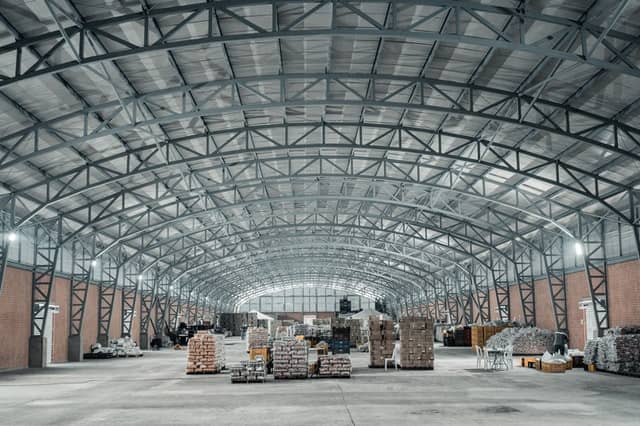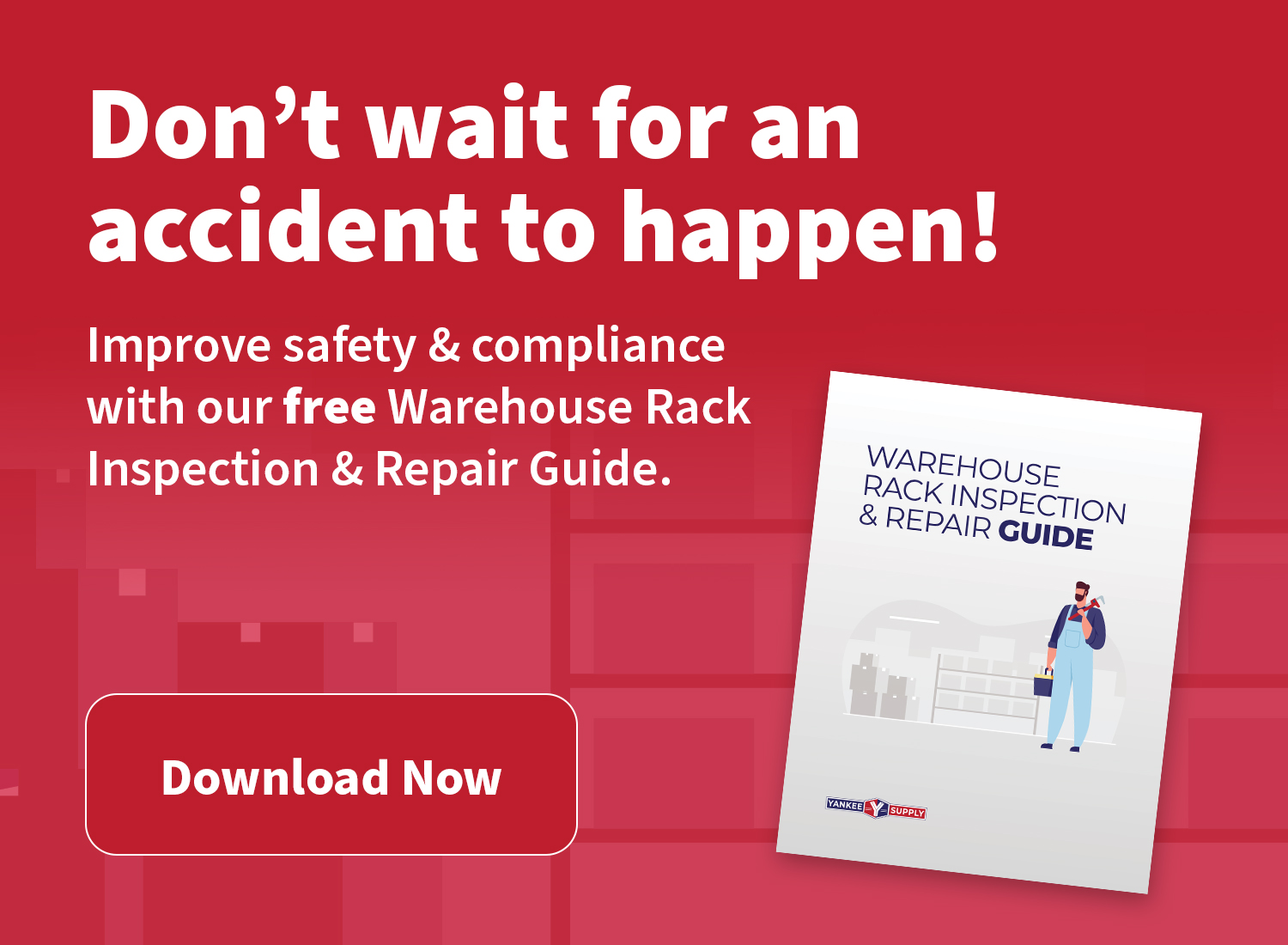Efficient warehouse handling is paramount for the smooth operation of supply chains and plays a pivotal role in meeting customer demands. The importance of warehouse handling lies in its ability to optimize the movement, storage, and retrieval of goods within a facility.
A well-organized warehouse enhances inventory accuracy, reduces lead times, and minimizes the risk of errors in order fulfillment. Streamlining handling processes not only ensures that products are readily available for shipment but also contributes to cost-effectiveness by reducing labor requirements and enhancing overall productivity.
Proper warehouse handling practices also have a direct impact on customer satisfaction, as timely and accurate order fulfillment contributes to a positive customer experience.
Properly handling your warehouse products can mean a difference of a couple of percentage points in your favor. A warehouse only has a limited time before goods spoil or become obsolete due to either expiration or technological advances.
You must take extra precautions in warehouse handling to ensure the safety and security of the product while maximizing the profit margin for your business.
Describing Warehouse Handling And Its Importance
Warehouse handling means that your warehouse is responsible for storing, controlling, and managing all warehouse stock. The warehouse stock includes anything stored in your warehouse for business use. It can be raw materials, finished products, or components for resale.
Warehouse handling also involves the warehousing operations performed on these products to ensure their safety until they are used. Therefore, the warehouse team must have an organized system with clear roles and responsibilities throughout the warehouse processes to ensure everything runs smoothly without any hiccups along the way. Though this may take longer than other, more automated systems, it’s well worth it because you’re receiving higher quality goods without human error negatively affecting them during transport and distribution.
Warehouse handling can also mean controlling warehouse stock so that it doesn’t affect the warehouse temperature.
Warehouse Handling Requires Sensitive Care
Since warehouse handling is an essential part of warehouse management, it requires careful attention to detail. The warehouse employees are responsible for taking care of warehouse products by following these steps:
- deliver products correctly and carefully
- stacking items according to weight, size, or other characteristics (for example, keeping smaller items away from larger ones whose weight could cause damage)
- control room temperature through opening/closing windows and other means (to ensure no changes in temperature which will negatively impact the warehouse products) – not misusing warehouse space (ex. not using stock space for storage if it’s meant for warehouse operations)
- organizing warehouse items into categories that make it easy to find what you’re looking for
- notifying managers or supervisors if warehouse products are in poor condition (for example, if they appear damaged or contaminated).
Poor warehouse handling can ruin your warehouse stock. Therefore, it’s in your best interest to maintain warehouse handling to ensure high-quality goods when they hit the market. Not only will this provide better customer service, but it’ll keep you ahead of the competition by increasing your sales.
If mishandled warehouse stock is defective, customers will stop buying once word gets around about the low-quality product.
Even warehouse in-transit damage is well below your warehouse stock, so be sure to check warehouse shipments for any warehouse product damage regularly.
Additionally, warehouse handling requires a warehouse scheduling system to optimize warehouse capacity.
The warehouse team must also have a warehouse management system that enables warehouse stock visibility and control. This includes warehouse storage facilities to hold the processed goods until it’s time for delivery or distribution.
This can be as simple as a warehouse inventory spreadsheet, which is just a list of warehouse products with their current state (if they’re used up, sold out, etc.) so you know what needs reordering.
Benefits Of Proper Warehouse Handling
The benefits when you properly handle your warehouse are both immediate and long-term.
The warehouse team is more aware of safety and security hazards and risks associated with warehouse handling to mitigate them. Second, the warehouse team uses a standard set of best practices for all warehouse tasks. For example, cleaning the floors regularly reduces the risk of slips and falls, leading to injuries or accidents that affect productivity. Third, standardizing warehouse tasks ensures that every warehouse worker performs their roles consistently without any variation. And lastly, automated warehouse equipment helps workers work faster and more efficiently while minimizing errors and warehouse downtime.
Another immediate benefit is that warehouse tasks are more productive, and warehouse workers can perform warehouse tasks in a shorter amount of time.
For example, warehouse equipment allows warehouse employees to transport heavy objects with ease.
The warehouse team can also use warehouse equipment to stack products more efficiently, creating more room for new stock.
Standardizing warehouse tasks ensures that every warehouse worker performs their roles consistently without any variation. This allows warehouse employees to work faster and more efficiently while minimizing errors and warehouse downtime.
Proper warehouse handling also reduces the risk of damage due to human error. For example, warehouse workers do not have to hunt around for boxes or other objects on the ground when they need to restock inventory because warehouse equipment is readily available on the floor level where warehouse items are stored. In addition, warehousing equipment helps reduce downtime from getting damaged during transport from one storage location to another by removing manual labor involved in
Long-Term Benefits Of Proper Warehousing:
The long-term benefits of proper warehousing make a warehouse more profitable and cost-efficient.
An organized warehouse storage system gives you an efficient warehouse layout. This helps warehouse workers find goods faster, reducing warehouse downtime and increasing warehouse accuracy, efficiency, and productivity. Warehouse storage equipment such as pallet racking also helps warehouse workers use their time well by giving them more accessible access to the products they need for distribution or resale. And lastly, automated warehouse equipment like automated guided vehicles (AGVs) reduces reliance on human labor and reduces your overall warehouse expenses.
Tips On Proper Warehouse Handling
Here are some warehouse handling tips that you can implement in your warehouse to achieve high warehouse productivity and warehouse accuracy.
- Train warehouse workers on warehouse handling best practices. This means that warehouse workers should always follow warehouse safety and security protocols.
- Maintain a clean warehouse to avoid warehouse accidents and warehouse downtime from spills or warehouse fires.
- Use warehouse safety equipment like warehouse safety footwear, warehouse protective clothing, and warehouse gloves to ensure high levels of warehouse safety throughout your warehouse operations.
- Standardize your warehouse workflows and storage systems. Warehouse operators should create standard operating procedures (SOPs) for all necessary tasks, such as filling orders, stocking goods, unpacking goods, etc. This minimizes variations when it comes to how each team member performs their roles in the warehouse. Organizing your workflow also saves time during each warehouse task and warehouse shift. Warehouse teams should also standardize warehouse equipment. Such equipment is warehouse racking, warehouse shelving, wheeled carts, pallets, forklifts, warehouse trucks for oversized loads, warehouse ladders and step stools, warehouse storage bins, and totes.
- Automate your warehouse processes using automated systems from conveyors to AS/RS’s. Automated systems reduce reliance on human labor while minimizing errors caused by time constraints or lack of attention from human warehouse workers. These warehouse automation systems also increase warehouse productivity by reducing warehouse errors and warehouse downtime. Warehouse equipment such as warehouse robots, warehouse AGVs, conveyors, and other automated warehouse material handling systems allow warehouse operators to optimize their operations.
- Use warehouse management software to improve your warehouse operations and logistics. Streamline your warehouse processes from start to finish with warehouse management software. Warehouse management software (WMS) gives you increased control over planning, allocation, scheduling, replenishment, tracking, collaboration, reporting, compliance, and much more. WMS also gives you visibility over inventory levels and shortages or excesses throughout the warehouse.
- Implementing green practices in your warehouse. In an effort to make your warehouse more green, even little things like keeping water dispensers clean, using warehouse racking, and warehouse shelving systems can help. This helps you lower expenses while protecting the environment. Using energy-efficient lighting has minimal upfront costs but pays off with reduced electricity consumption over time.
- Make your warehouse floor space more efficient by utilizing warehouse racking and warehouse shelving systems. Making your warehouse floor more efficient by utilizing warehouse racking and warehouse shelving systems also helps warehouse workers use their time well. And lastly, automated warehouse equipment like automated guided vehicles (AGVs) reduces reliance on human labor and reduces your overall warehouse expenses.
- Streamline your warehouse processes from start to finish with a workflow software platform. Warehouse operators can ensure high levels of product quality throughout the supply chain by establishing standard operating procedures (SOPs) for warehouse tasks. A workflow software platform also supports your inventory management efforts. It provides real-time visibility over warehouse inventory levels while synchronizing operations between different departments.
Conclusion
To sum it all up, warehouse automation systems like warehouse robots, warehouse AGV, warehouse conveyors, and other automated warehouse material handling systems help warehouse managers to maximize warehouse accuracy. Optimizing your warehouse operations with warehouse management software can lead to increased efficiencies and reduced costs. Use energy-efficient lighting, warehouse racking, and shelving system to make your warehouse floor space more efficient. In addition, warehouse managers can easily access the products they need for distribution or resale.








